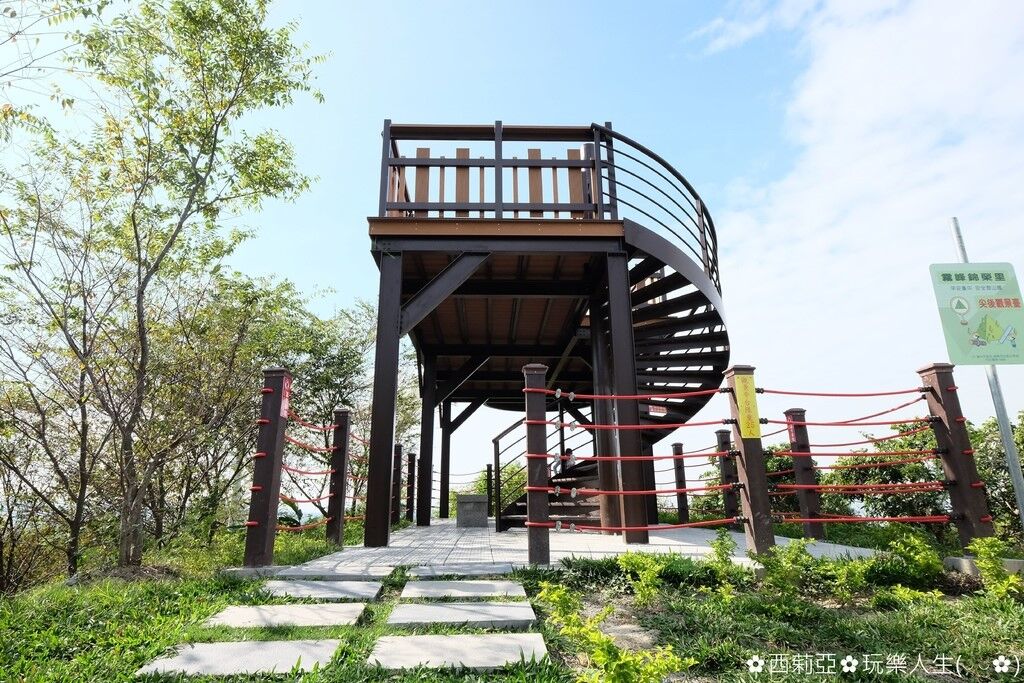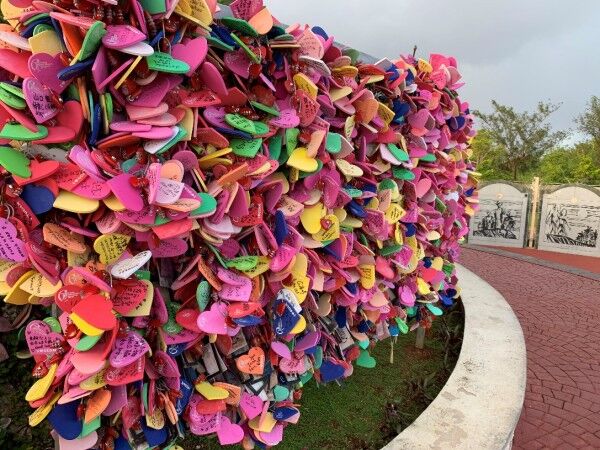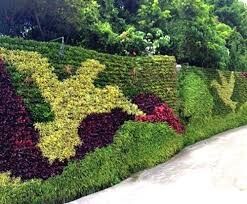ALTHOUGH the depreciation of the yen has affected the willingness of Japanese people to travel abroad, there will still be more than 10 million Japanese traveling abroad in 2023 (the number before the epidemic was 20 million). But among these 10 million of visitors to Saipan is almost negligible. What’s the problem?
Looking back before the financial crisis broke out in 2008, Japan was almost the only source of tourists to Saipan. A large part of the number of tourists at that time were relatives and friends who came to Saipan to pay homage to the Japanese soldiers who died during World War II. However, with the decline of the older generation and Japan’s economic recession, CNMI has lost its main source of tourists. Therefore, new elements are necessary to revitalize the Japanese market — Mr. Oba Sakae’s deeds in Saipan during World War II will help develop the Japanese market.
The story of World War II on Saipan is tragic for the Japanese people, but the deeds of Sakae Ōba (https://en.wikipedia.org/wiki/Sakae_%C5%8Cba ) are something they can be proud of. Known as “Japan’s Last Samurai,” the photos of Ōba’s surrender are still prominently displayed at the World War II museum in the American Memorial Park and Mt. Tapochao. However, this real story, rich in plot and made into a movie and book, is little known in Saipan.
Sakae Ōba’s deeds in Saipan
On July 9, 1944, the U.S. military successfully controlled Saipan. Sakae Ōba led 46 remaining soldiers and civilians in a guerrilla war against the U.S. forces on the island. On August 15, 1945, the Emperor of Japan announced an unconditional surrender, but Sakae Ōba continued to resist. When the U.S. military negotiated with Ōba, asking why he had not surrendered since the Emperor had already announced the surrender, his response was admirable: “As a soldier, it is impossible to surrender unless ordered to do so.”
After receiving the message, the U.S. military contacted Japan. Thinking he had already perished, the Japanese were overjoyed and immediately had a major general write an order for his surrender. On December 1, 1945, three and a half months after the Emperor’s announcement, Sakae Ōba and his followers surrendered to the U.S. military with dignity, ending a 512-day guerrilla war.
Movie: “Oba, The Last Samurai: Saipan 1944–1945” (https://www.youtube.com/watch?v=TkYnJaDqbpI with English subtitles). The film won the Best Actor Award at the 54th Blue Ribbon Awards in Japan.
Book: “Love Letters from the Fires of War.” Compiled and selected by Akutagawa Prize-winning writer Keiichiro Hirano, it was published in January 2011. The letters, written during the war, express true feelings and love that are deeply moving.
Based on Oba Sakae’s deeds, the following projects can be planned to enrich Saipan’s tourism resources:
• Oba lookout tower built on a cliff, overlooking Japan across the Pacific Ocean.

A lookout tower.
Location: Next to Marpi Banzai Cliff (the only direction facing Japan).
Funding: Crowdfunding in Japan to achieve promotional effects.
(Reference: Two Lovers Point in Guam, but this is a true story.)
• Oba love garden

A fence full of love locks at Lovers’ Point in Guam.
Motive for creation: “Love Letters from the Fires of War” is a touching and tortuous love story between Oba Sakae and his wife.
Construction in the park: love clock, love lock fence.

The Love Bell.
• Dark Restaurant — A Must-Experience Restaurant Once in a Lifetime.
In a Dark Restaurant (Dark Dining), diners eat in complete darkness, unable to rely on their sense of sight. This experience not only offers unique dining enjoyment but also promotes greater understanding and empathy towards the blind and visually impaired.
The Dark Restaurant is situated next to the lookout tower, which is the best place to stargaze at night as there should be no light interference. To make full use of this venue, a charitable Dark Restaurant could be established, offering simple meals.
• Green Plant Wall Maze
The Green Plant Wall (or Vertical Wall) maze is part of the Oba Plaza, designed by Taiwanese green wall expert Mr. Cheng Yu-Heng. The campsite, Oba observation deck, plaza, and love garden all feature extensive use of plant walls as partitions and decorations. Since each plant wall is an independent structure, they can be flexibly combined during cultivation to form a maze.
(The introduction of green wall business will greatly benefit tourism and employment in Saipan, which will be discussed in another article.)

The Green Plant Wall Maze.
• Oba Camp
Training content: wilderness survival, adventure, first aid treatment, volunteering (beach cleaning)
Facilities: Latte stone houses, sports equipment
Oba Camp also provides one-day experience tours for general tourists (this reference itinerary is to give readers a more detailed experience)
06:00 wake up (sunny weather, morning temperature 26℃-28℃)
06:30 Do morning exercises and jogs in the picturesque Marpi to welcome the rising sun.
07:10 Breakfast (expert catering)
08:10 Ride a single or tandem bicycle in the northern scenic area or participate in a bicycle treasure hunt
09:40 Airsoft Buckshot, Archery
10:30 Rubber boats, canoes, glass boats
12:40 Breeze lunch on the open-air coconut grove beach 13:30 Beach volleyball, snorkeling, underwater treasure hunt competition, traditional net fishing
15:30 Outdoor SPA
17:00 Bonfire dinner (Camp base)
20:00 Stargazing and spiritual lectures
21:10 bedtime
Publicity
For the Oba project, I recommend Mr. Akio Yaita (https://zh.wikipedia.org/wiki/%E7%9F%A2%E6%9D%BF%E6%98%8E%E5%A4%AB) as the spokesperson. He is a well-known media figure with whom I have had multiple interactions. If the CNMI can support this project with appropriate policies, he is the most suitable candidate.
I have additional information and am willing to share it with interested parties who are interested in participating in this project. Please contact me at bettercnmi@gmail.com/.
Richard Peng was born in Taiwan. Before immigrating to the United States in 1994, one of his Taiwanese company’s businesses was entrusted by the city of San Antonio, Texas to recruit Taiwanese manufacturers to invest there. He immigrated to the United States in 1994 and ran a farm in Oregon growing apples, cherries, and Asian pears. He settled in Saipan in 2014.











